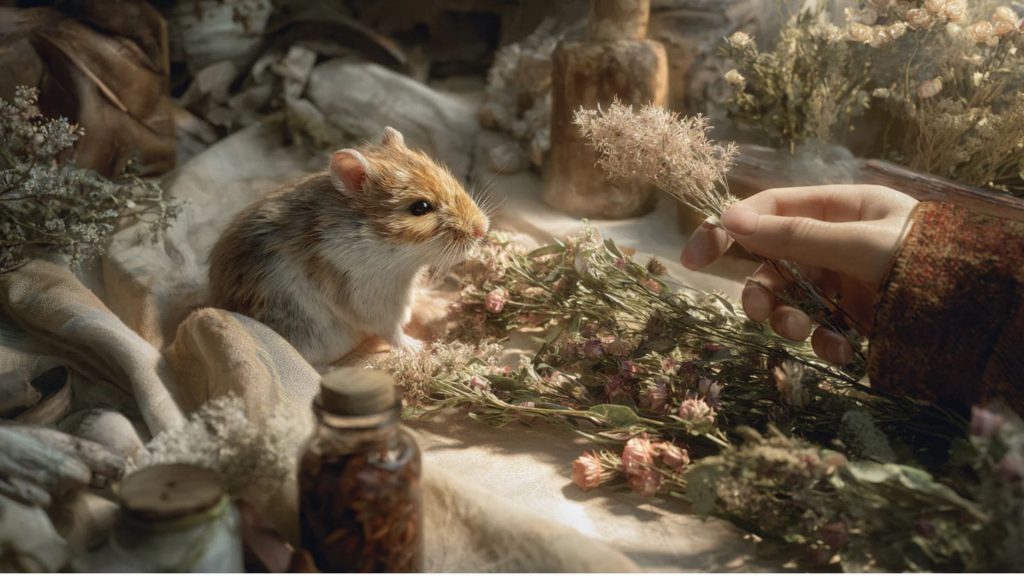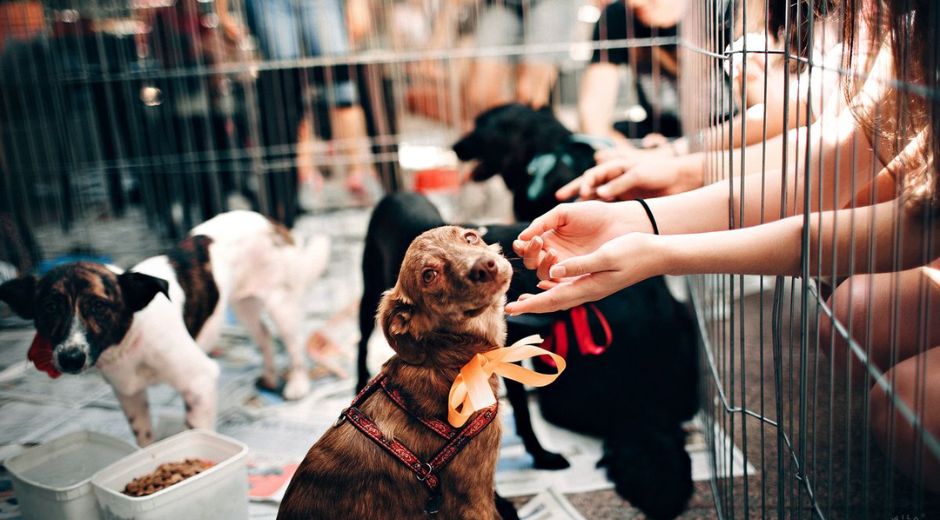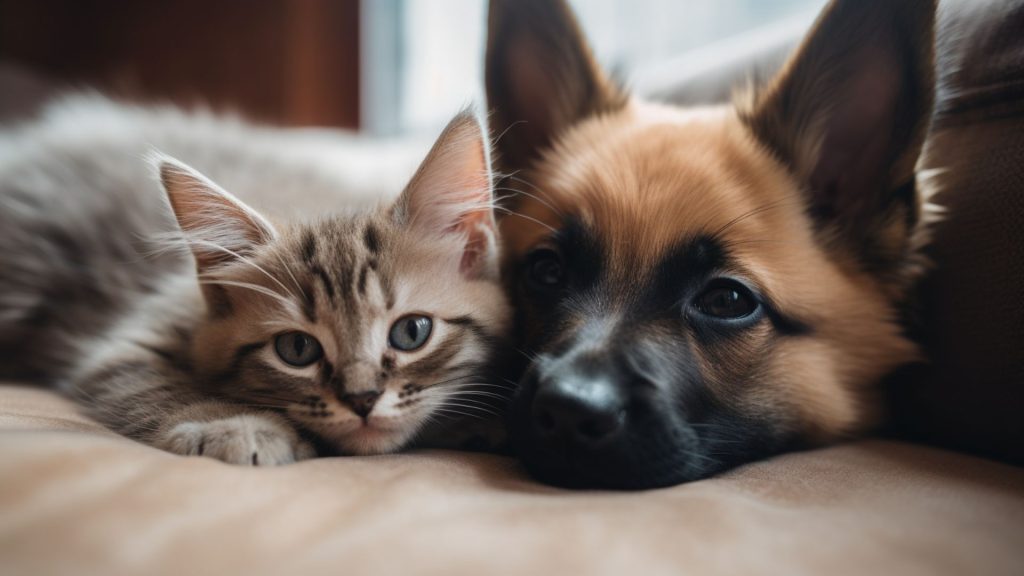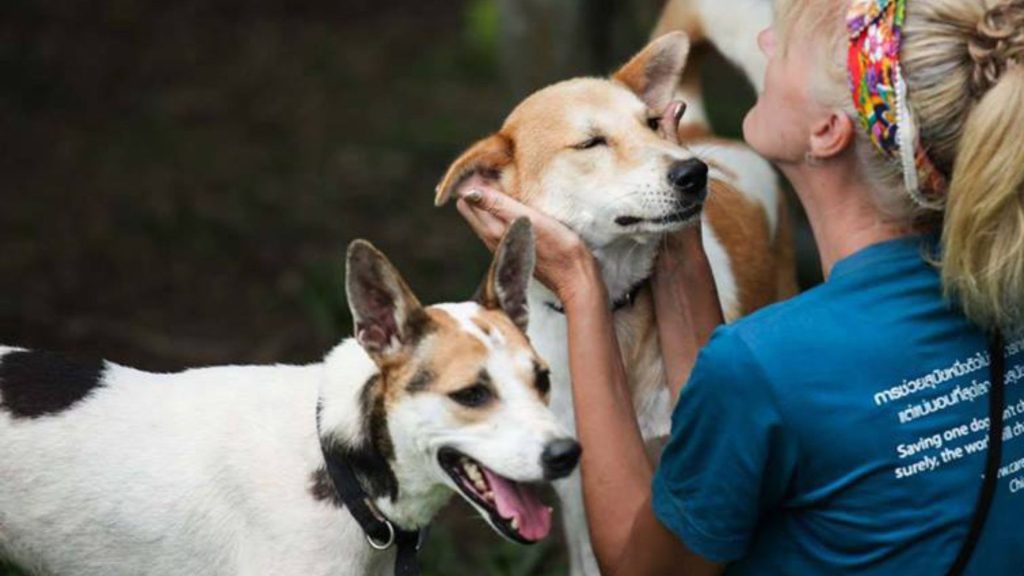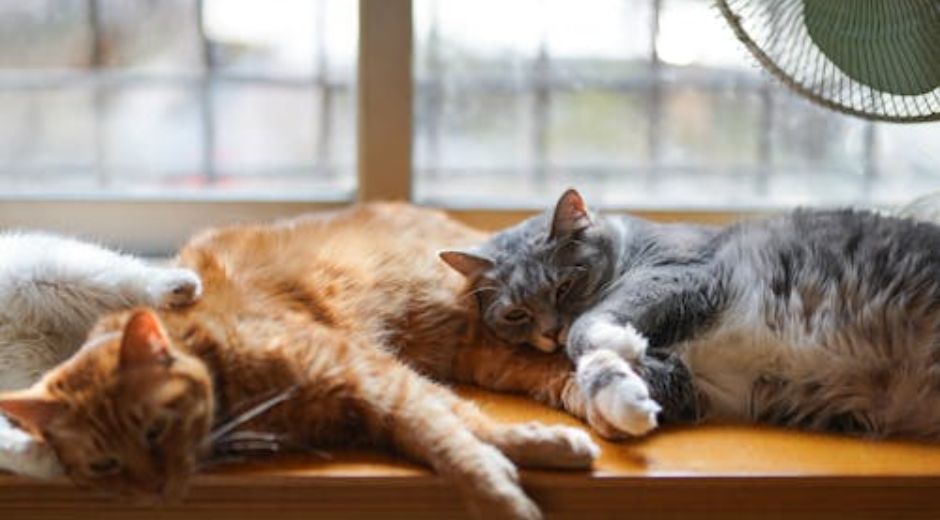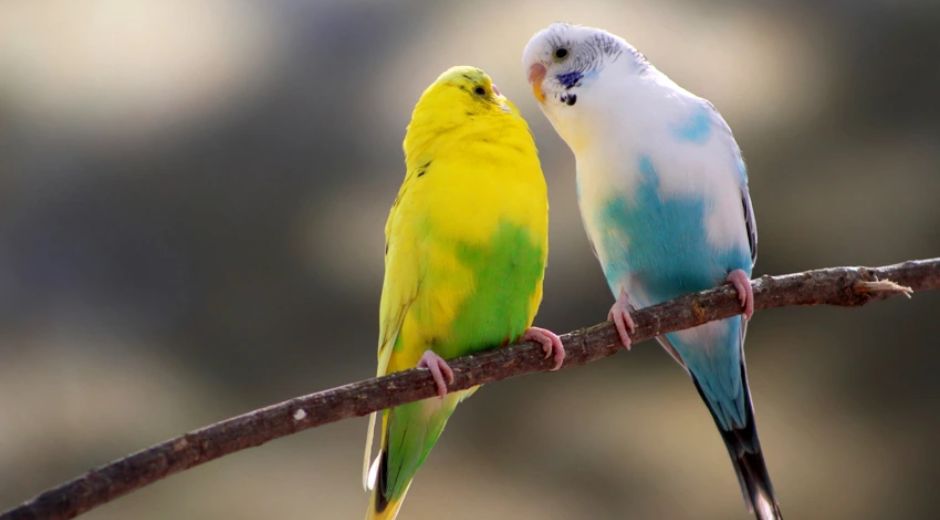Small Companions: Life With Hamsters and Gerbils
Small Companions: Life With Hamsters and Gerbils
There is something undeniably special about living with Small pets. Their bodies may be tiny, their movements delicate, their habitats contained within glass or soft bedding, yet their personalities can fill a room. Among the most beloved of these companions are hamsters and gerbils, creatures who express curiosity, affection, independence, and emotional presence in subtle but powerful ways. They invite us to look closely, to listen without expecting sound, and to appreciate the beauty of gentle connection.
Many people choose these pets because of space, simplicity, or the comfort of quiet companionship. But what they often discover is a relationship that becomes more meaningful than expected. A hamster pausing to look up at you, or a gerbil resting by your hand, can create a connection that feels warm, real, and deeply genuine.
Living with Small animals is not merely caretaking. It is a slow form of companionship built on routine, observation, and trust.
The World Through Small Steps
Hamsters and gerbils experience their environment in ways we rarely notice. They are highly perceptive creatures who respond to texture, scent, temperature, and movement. A shift in bedding, a new tunnel, the quiet sound of footsteps entering a room — all are moments of awareness.
To share life with them is to learn presence.
These animals do not rush. Their world is built from Small actions: turning a seed in their paws, building and rebuilding nests, choosing where to sleep, and exploring every corner of their space. Observing these movements can be calming, meditative, and grounding.
Their world is steady. And in that steadiness, they bring us peace.
For those interested in learning more about how small animals interact in their natural habitats, species profiles and habitat insights can be explored at:
https://zoo.sandiegozoo.org
Social Behavior and Personality
Hamsters and gerbils have different social tendencies. Hamsters are often more solitary, preferring to have their own space and routine. They display affection through comfort and familiarity rather than group belonging.
Gerbils, on the other hand, are naturally social. They thrive in pairs or small family groups, grooming one another, communicating through gentle movements, and sleeping in shared spaces. Their companionship with their own kind teaches us how relationships can be silent but full.
What both share is individuality.
Every hamster and every gerbil has a personality.
Playful, curious, thoughtful, cautious, bold, thoughtful — the differences are noticeable when we pay attention. Someone who spends time observing a Small pet soon begins to recognize its habits, preferences, and emotions. This is where the bond truly begins.
Building Trust With Gentle Presence
Trust with Small animals forms slowly. It cannot be rushed, forced, or assumed. It grows through:
-
Speaking softly
-
Moving calmly
-
Offering treats with patience
-
Allowing them to approach on their own time
A hamster stepping onto your hand for the first time is a moment of quiet triumph. A gerbil who naps near you is sharing presence. No dramatic display is needed. The gentleness is enough.
These experiences teach us something important:
Affection does not need volume to be meaningful.
Creating a Comfortable Habitat
A well-designed environment is part of emotional care. These animals thrive when their surroundings are enriched with:
-
Tunnels and hideaways
-
Deep, soft bedding for digging
-
Chew-safe materials for dental health
-
Stable lighting and consistent temperature
A Small pet’s habitat is not simply where it lives. It is where it thinks, rests, plays, and feels safe. Creating a habitat that allows exploration helps express personality.
And when we design spaces thoughtfully, we learn to care actively rather than passively.
The Emotional Impact of Small Companions
There is a unique warmth that comes from sharing a home with a gentle, quiet companion. Their presence does not demand, but reassures. Their routines become intertwined with our own. Feeding times, cleaning times, moments of observation and laughter — these weave care into daily life.
Children often learn empathy through hamsters and gerbils. Adults rediscover softness. Families share moments of calm. These animals provide comfort not by filling silence, but by enriching it.
For those interested in how animals appear in culture and memory, old magazine archives and animal-related stories can be explored at:
https://newspapersio.com/
Even in literature and art, Small creatures are symbols of patience, awareness, and gentle persistence.
Quiet Moments That Stay With Us
A hamster nibbling a seed while sitting up straight.
A gerbil creating a perfect round nest and settling into it.
A soft rustling sound at night as they explore their home.
These moments remain in memory because they are peaceful and sincere.
They remind us that presence does not need to be loud.
Connection does not need to be constant.
Love does not need to be dramatic.
Sometimes, the smallest relationships are among the most meaningful.
For more stories, reflections, and nature-centered insight, explore:
https://zoopora.com
Conclusion
Hamsters and gerbils show us how rich life can be when we slow down. They teach us to observe rather than demand, to appreciate subtlety, and to care with patience. They remind us that value is not measured by size or sound.
A soft companion in a quiet room can bring peace to the entire day.
Their worlds may be Small, but the feelings they inspire are anything but.
Wildlife Behavior Curiosity

Training and Trust: Building a Stronger Bond with Your Pet
Discover why biodiversity is vital for ecosystems, climate balance, and human survival, and how conservation protects life’s intricate web.

Biodiversity: The Foundation of Earth’s Living Systems
Discover why biodiversity is vital for ecosystems, climate balance, and human survival, and how conservation protects life’s intricate web.

Adaptation: How Animals Evolve to Survive Changing Worlds
Explore how adaptation helps animals survive climate shifts, predators, and new environments, revealing nature’s incredible resilience.
